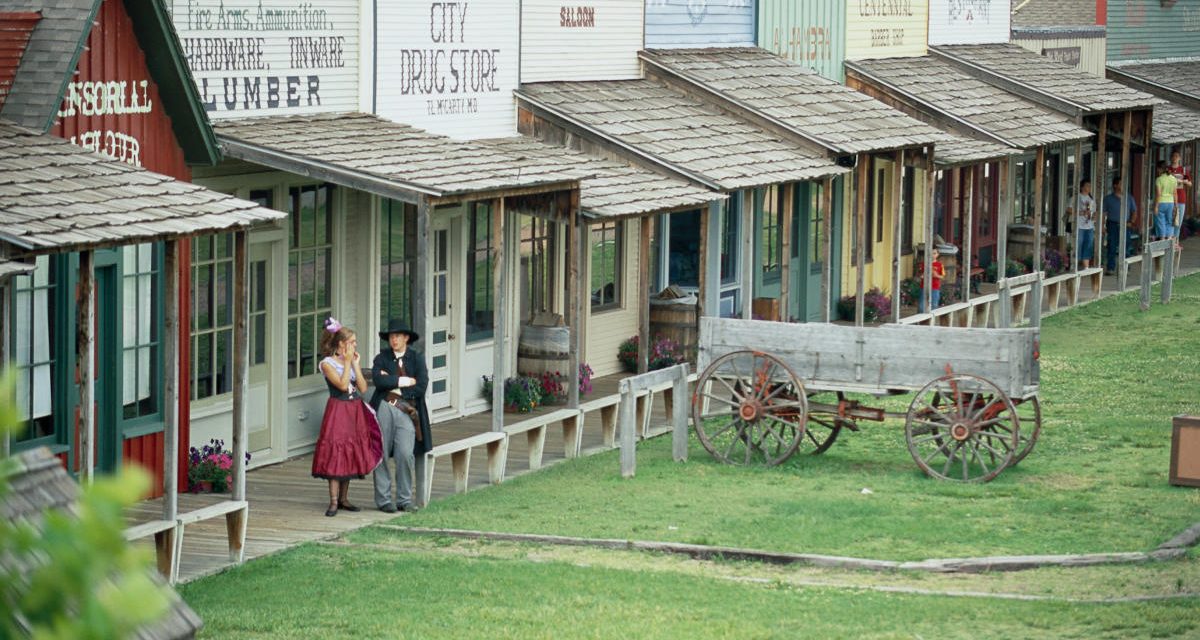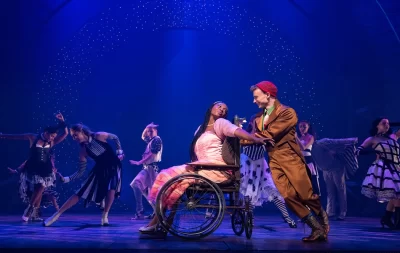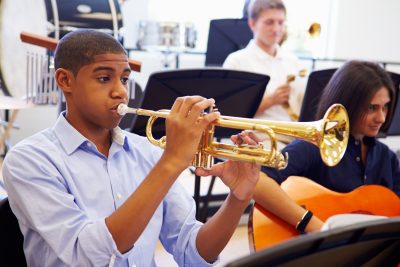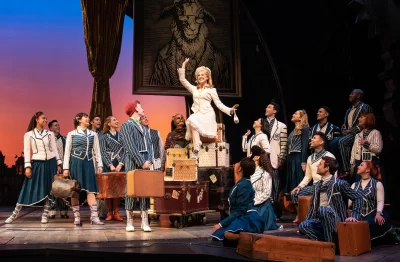These forts, historic trails and Native American villages provide centuries of insight for student groups
History books can only be so impactful when tying to communicate the vastness of American history to students. Preserved sites across the American West are populated with engaging museums and costumed interpreters that can create lasting memories provide key context for school groups.
Boot Hill Museum (Dodge City, KS)
This historical museum educates visitors about the history of the old west through interactive activities. Students will be transported back to Dodge City in the late 1800s through a self-guided tour of exhibits that hold over 20,000 artifacts. Kids can enjoy reenactments of western gunfights, see a variety show and have an authentic country-style dinner.
Ponca Educational Trail and Earth Lodge (Niobrara, NE)
Belonging to the Ponca Tribe of Nebraska, this trail allows students to learn about the tribe’s culture and history. As they walk along the trail, students will learn how these people connect and interact with the environment around them. For more information, students can stop by the education kiosks to hear old stories of the tribe or the amphitheater to watch Ponca performances. After walking along the educational trail, students can stop by the Ponca Tribal Museum. Here they can see tribal artifacts and archives donated by families of the tribe and a library.
Fort Seward Miltary Post (Jamestown, ND)
What used to be an active military post in the 1870s, is now an interactive experience for students to learn about the history of the fort. There is a center that holds archeological artifacts from previous digs, and kids can even take an audio-visual tour of the dig site. After kids learn about history they can pay tribute to fallen soldiers at the Veterans Memorial and see the largest United States flag in North Dakota.
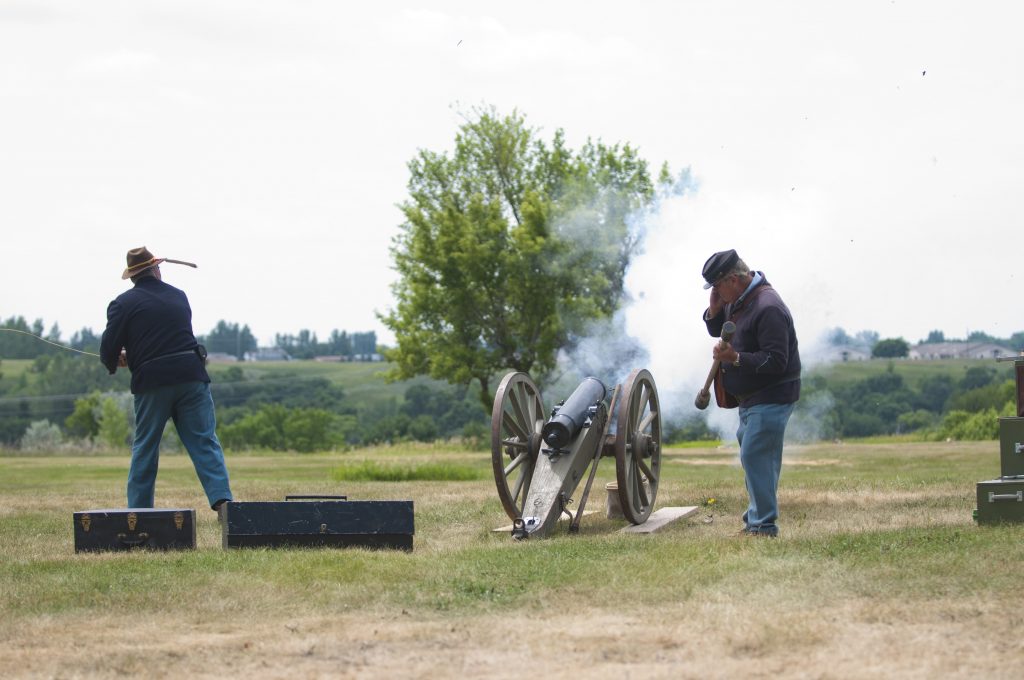
Fort Seward Miltary Post
Mitchell Prehistoric Indian Village (Mitchell, SD)
Allow your students to experience the only archeological site open to the public in South Dakota. Here students are able to immerse themselves in hands-on exhibits where they can separate bones and look at authentic artifacts. They can feel like an archeologist themselves during “Kids Dig,” which lets kids search for plastic arrowheads that can be traded in at the gift shop for a real arrowhead. The village includes a museum and more outdoor activities for kids.
Hidee Gold Mine Tours (Central City, CO)
What was once a working gold mine now gives the public an inside look of the mines and let’s them pan for gold themselves. The Hidee Mine focuses on educating people on previous and past mining methods, history and local geology. They even offer tours specially created for students that include extra educational features, room for bus parking and on-site lunch.
Footsteps of Lewis & Clark (Montana)
If you are looking for a longer historical trip for your students, this trail is for you. This trip is an immersive five-day educational experience that spans 450 miles across the state. Students will retrace the path that Lewis & Clark took between the Missouri and Yellowstone rivers. Students will learn and interact with the native people of the land, the dinosaurs that once roamed, Old Western art and artifacts and so much more.
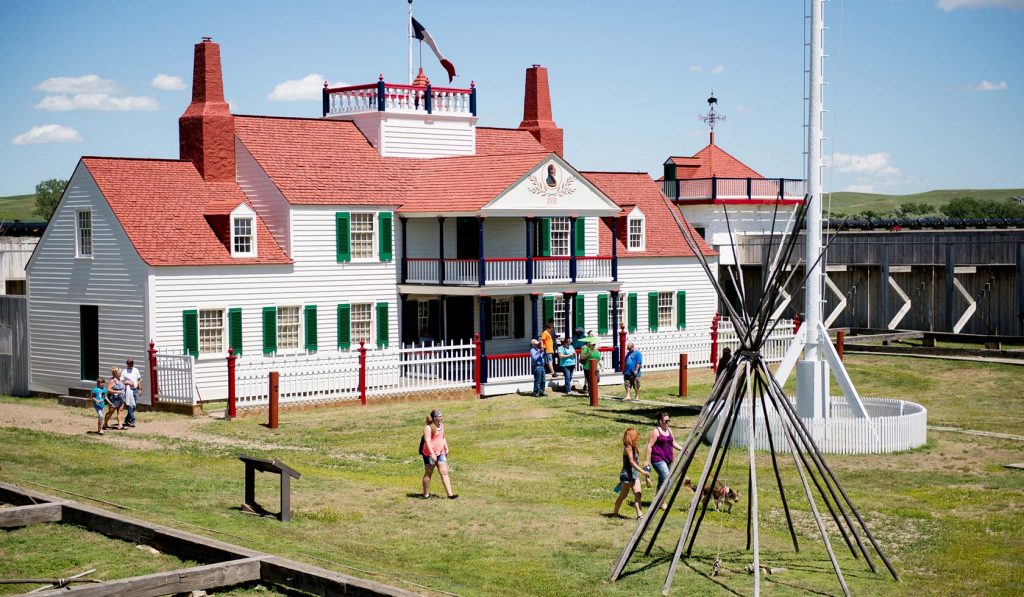
Fort Union Trading Post, Montana
Camp Douglas (Douglas, WY)
A former World War II internment camp for prisoners now gives visitors a rich history of the war and the town of Douglas. The only building that remains from the camp is the Officer’s Club, which is now a state historic site. Inside students can see 16 painted murals by previous Italian prisoners that reveal their interpretation of American life at the time.
Oregon National Historic Trail (Montpelier, ID)
This trail, expanding over five other states, allows students to learn about the rich history of the Oregon Trail, which was when travelers migrated west in the United States during the early-mid-1800s. Allow your students to walk along the same paths and these travelers and see their authentic carvings in the rock. Along the pathways, people can participate in auto-tours, biking, horseback riding, interpretive sites and museums.
Freemont Indian State Park (Sevier, UT)
This state park allows students to participate in many activities like hiking, biking on trails and fishing. The park has a museum and heritage areas that let kids experience the day in the life of a Civil War soldier, learn about dinosaurs and immerse themselves into the Fremont people’s culture and their ways of life. If you are looking for a longer trip, the park has campgrounds for people to stay overnight.

